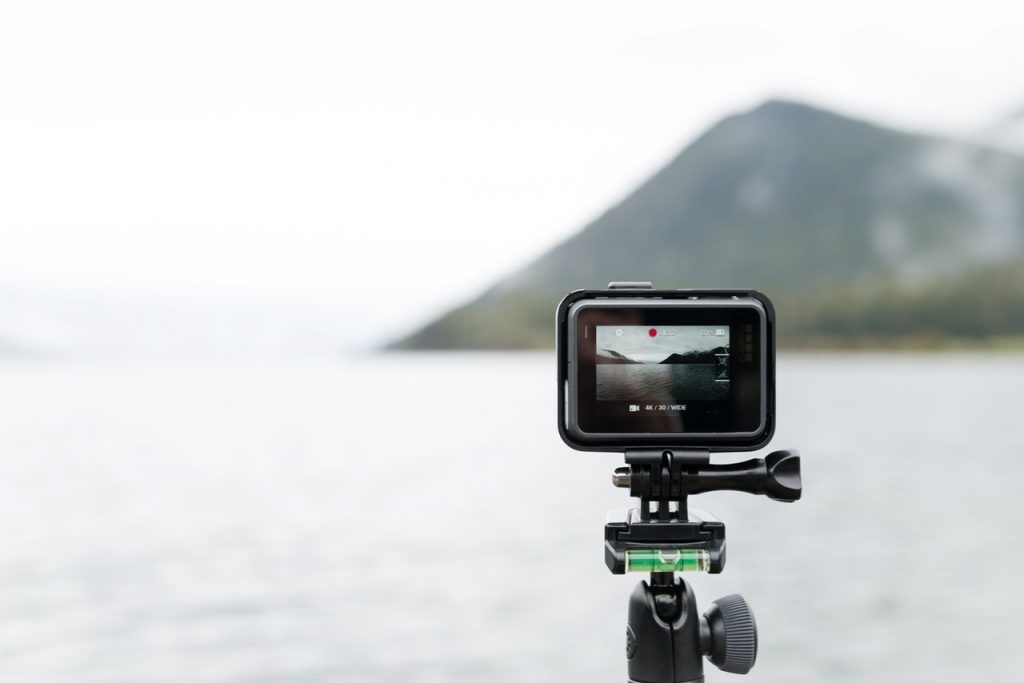
So you have just started blogging and you have decided reached a point where you want to take it the next level?
Vlogging is now a huge deal in the blogging world. The massive popularity of websites like YouTube means that lots of bloggers are turning to video content to get more site traffic. The penultimate question is, how can you get in on the action? And exactly what do you have to know before you begin? Our vlogging manual has all the answers you need!
Vlogging platforms
The first step is establishing what video platforms you will upload your content too. I know it may seem like we’re getting ahead of ourselves, but its crucial to have a roadmap to the end goal. A video platform is a website which you can upload and share your movie content on, which you can then embed articles on your initial blog.
With approximately 72 hours of footage uploaded each moment, YouTube is the undisputed king of blogging. It is easily the most common video-sharing platform on the internet. The only downside is that EVERYONE uses YouTube, including your rivals. There is also a lot of jargon and spam content, and this can make your videos hard to find. Ultimately, YouTube has a strong reputation and is probably the best choice over alternatives such as Vimeo. Vimeo is much more compact than You Tube, which means there’s a whole lot less crap clogging it up. It’s a great alternative if you’re searching for a more innovative and constructive community. Features include a movie college to help users enhance their videos.
If you would like to upload an exceptionally long movie, Veoh ought to be your choice. There are no size limitations on uploads. Therefore it attracts people who wish to view longer videos. This is really helpful when you’re an aspiring filmmaker.
Video editors
There are unlimited numbers of free movie tracking program. If you’re a complete beginner then Windows Movie Maker is a safe bet, because it’s supremely simple to use. You may drag and drop clips to the program, in which you can edit and re-arrange how you wish. Special effects are simple to use, as are soundtracks, captions, and credits. You may then save the video as a movie file, or upload it directly to Facebook or YouTube.
IMovie is also a fantastic option for movie-making novices, also includes Mac products as a regular, and Garage Band for editing audio. Like Windows Movie Maker, you can easily upload movies to social websites.
If you don’t mind paying for a more intuitive alternative, you can subscribe to Adobe for their Creative Suite, which will come with Premiere and After Effects. These two programs provide flexible control over the project and are highly versatile.
The technical stuff: cameras, sound, lighting and web design
The simplest way to picture your articles is to use a webcam. Webcams are relatively standard in notebooks these days, and their video and audio quality is usually not great. Utilizing an external webcam is a better alternative.
If you are likely to be filming a lot of your blog posts outside then be sure that you invest in a good digital camera, and use a tripod or glide-cam – there is nothing worse than shaky image! The greater your camera, the better your audio is very likely to be, but you might also gain from buying an external mic and plug it in your camera, to remove background and wind noise. GoPros and extendable arms are fantastic options if you’ll be on the move.
Lighting can make all of the difference to how professional your blog place seems, especially if you’re shooting inside. Wherever possible make the most of pure light and be sure the origin of lighting is behind the camera. If you end up filming an increasing number of blog articles, you could start looking into soft lights and ring lights, but it is not essential for newcomers.
The above sorts out your video content, you will want to ensure your personal website is engaging. For a fluent user experience and an aesthetic modern feel, look into hiring a professional web designer to have unique website made. If you want to generate more traffic so your website can be found, you can see an adwords specialist to assist you.
Content
So, you’ve decided on your equipment, video editing software and platform; Now is the time to plan what you are going to say or do on your video. Will it be a travel diary, product review, or a tutorial? Whatever it is that you need to say, be engaging! If you feel lost, try looking at other logs you like watching. Think about the details which you admire like presenting or background fashion. It is nice to take inspiration from the vlogging heroes, provided that you create those ideas your own.
If we used a travel blog as an example, the best way to generate the relevant content is to go and live it. You could purchase a holiday package in Tasmania and video review your experience in your private room. Further expanding on this example, you might discover that a brief search on YouTube returns little info on reviews for day spas. Now you have identified a gap in the market, this is an excellent excuse to book yourself into a spa retreat. The purpose of vlogging would be to present your blog in an entirely new dimension to display your character more deeply.
Another fantastic way to get started would be to include an ‘about’ movie into your side-bar. This is sometimes a brief clip inviting visitors to your website and introducing yourself as well as the themes and topics you specialize in. Whatever you decide to blog about, allow your character shine through – it is why your readers go back to your website, and video is a different medium that visually allows you to express your ideas and opinions.
